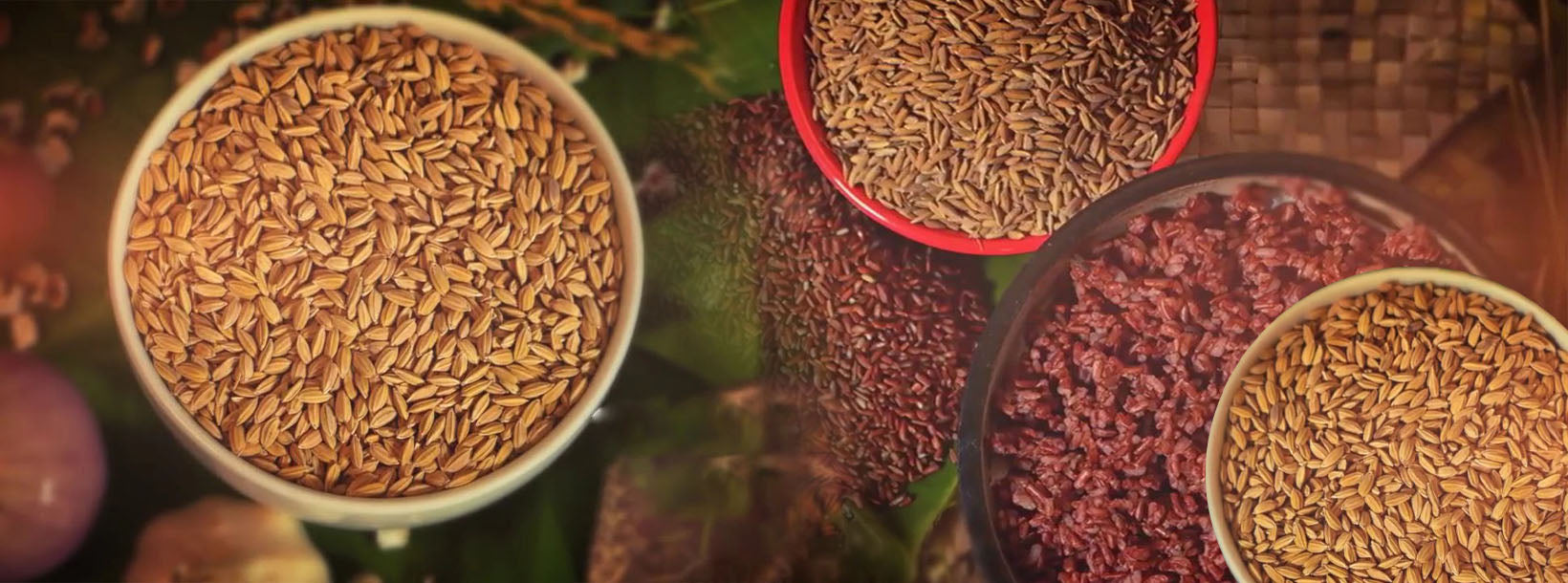
Традиционный рис
Выращивание риса имеет давнюю и параллельную связь с историей и культурой страны, и на протяжении последних трёх тысячелетий жители Шри-Ланки практиковали аграрный образ жизни. Согласно свидетельствам, собранным в письменных источниках и археологических раскопках, выращивание риса на острове восходит к периоду 900–600 гг. до н.э.
Традиционный рис
На Шри-Ланке рис выращивается с 800 года до н.э., и этому способствуют огромные ирригационные сооружения, начиная с 390 года до н.э. В этот период Шри-Ланка была известна как «житница Востока», и сообщалось о существовании около 2000 местных сортов риса. В начале XX века было задокументировано около 567 традиционных сортов риса. Эти сорта приспособились к различным экосистемам выращивания риса на возвышенностях и низинах страны благодаря естественной эволюции и непреднамеренному отбору, проведенному нашими предками.
Поскольку традиционные сорта были смешаны из-за небрежности иностранных правителей, в 1920-х годах учёные из Департамента сельского хозяйства приняли процесс очистки, и для выращивания были рекомендованы чистые линии; современные традиционные сорта в основном являются результатом этих чистых линий. Эти сорта обладали достаточным разнообразием, чтобы соответствовать различным условиям выращивания риса и предпочтениям потребителей. Таким образом, традиционные сорта риса обладают специфической адаптивностью, а не общей адаптивностью.
Большинство сортов имеют длительный период созревания — 4–6 месяцев от посева до сбора урожая. Очень немногие сорта имели период созревания 2½–3½ месяца. Большинство традиционных сортов риса имеют красный цвет перикарпа, и лишь немногие — белый. Некоторые традиционные сорта очень чувствительны к фотопериоду и цветут только тогда, когда подвергаются воздействию коротких дней в декабре, поэтому их можно выращивать только в сезон маха в стране. Традиционная архитектура растений очень примитивна, с высокими и слабыми стеблями, которые имеют тенденцию к полеганию во время выращивания. Индекс урожайности традиционных сортов меньше 0,3, что указывает на то, что содержание биомассы больше, чем количество зерна, производимого растением, что приводит к низкой урожайности. Сообщается о специфической адаптивности, устойчивости к абиотическим стрессам и отдельной устойчивости или восприимчивости к некоторым основным вредителям и болезням у традиционных сортов.
Питательные и лечебные свойства этих сортов утверждаются в традиционных знаниях Шри-Ланки. Эти свойства разнообразны и включают способность улучшать иммунную систему, физическую и половую силу, облегчать пищеварение, выведение и уменьшение токсинов в организме, использоваться для лечения лихорадки, диабета, запоров, проблем с мочевыводящими путями, ожирения, туберкулёза, кровавой рвоты и способность лечить людей, отравленных зменым ядом. Исследования, проведённые в последние годы, научно подтвердили некоторые из этих традиционных утверждений и ясно показали, что традиционный рис Шри-Ланки, особенно красный рис, обладает полезными лечебными свойствами при воспалениях, диабете, раке, неврологических заболеваниях, холестерине и окислительном стрессе. Таким образом, использование и применение этих ценных традиционных или местных генетических ресурсов риса в стране может эффективно улучшить питание и здоровье населения Шри-Ланки. Кроме того, огромное разнообразие, существующее в традиционных сортах риса, требует их сохранения и использования для дальнейшего улучшения, чтобы удовлетворить будущие потребности в рисе, а также может обеспечить решения для сельскохозяйственных и экологических проблем в стране и в мире. Поэтому давайте сохраним наше сокровище — естественно эволюционировавшие традиционные сорта риса — для будущей продовольственной и экологической безопасности.
Загрузки:
- Физико-химические и питательные свойства двадцати трёх традиционных сортов риса (Oryza sativa L.) Шри-Ланки
- Традиционное рисоводство: возвращение к практике
-
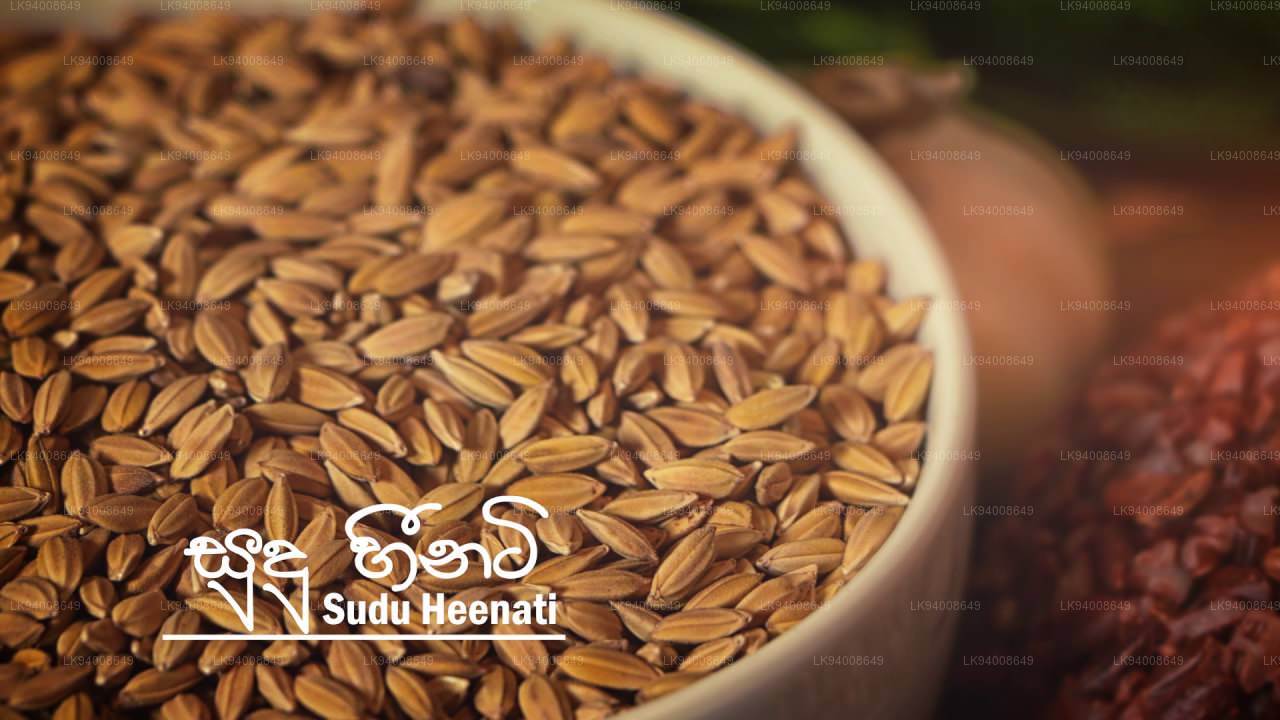 Суду Хеенети
Суду ХеенетиСуду Хинети — небольшой сорт белого риса, унаследованный от других сортов, очень питателен, богат антиоксидантами и идеально подходит для традиционной лечебных диет Шри-Ланки. Он обладает мягкой текстурой и мягким, землистым вкусом.
-
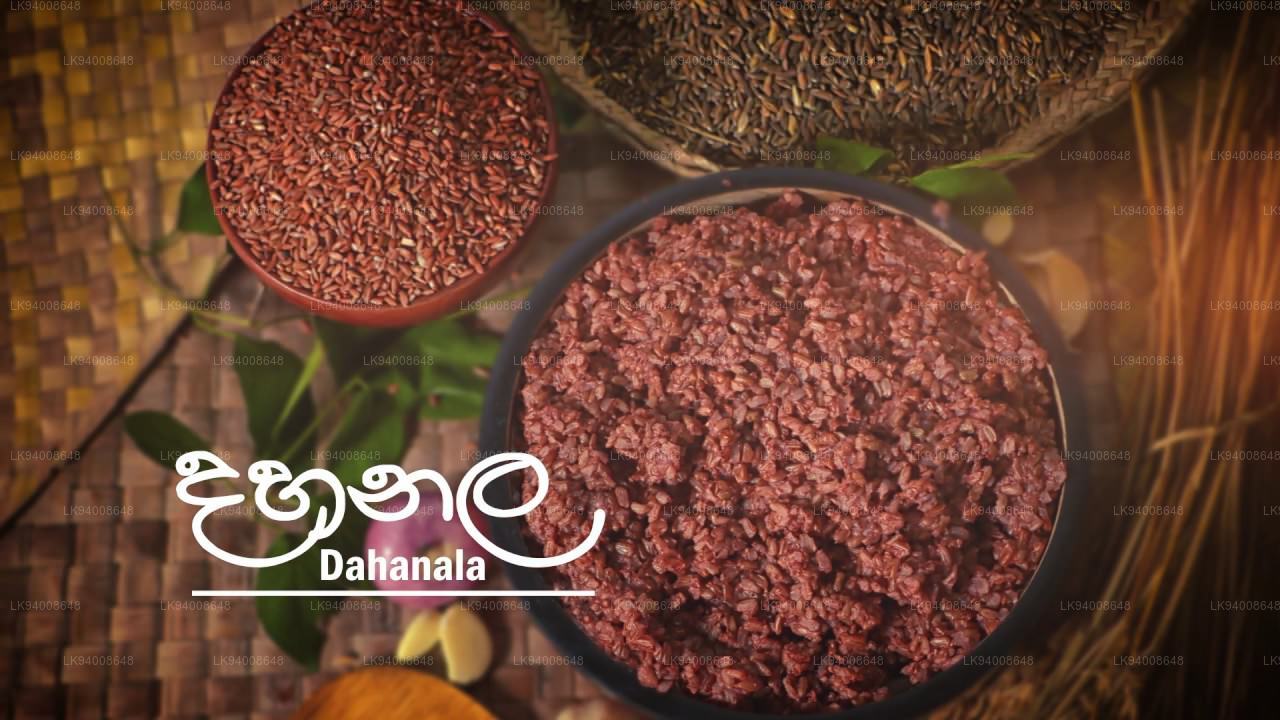 Даханала
ДаханалаДаханала — редкий, богатый питательными веществами традиционный сорт риса красноватого оттенка. Он ценится за высокое содержание клетчатки и мягкий, сладковатый вкус, что делает его идеальным для каш и других полезных блюд.
-
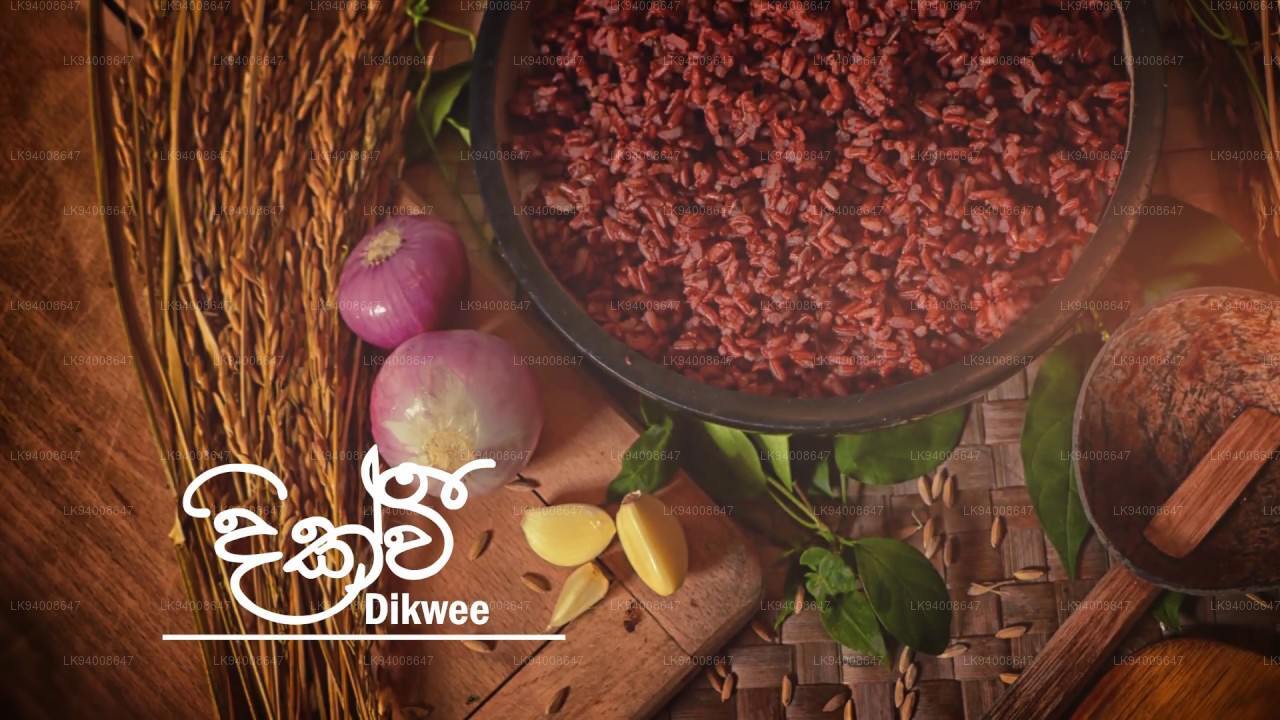 Дик Ви
Дик ВиДик Ви — сорт красного риса со средним зерном, традиционно выращиваемый на Шри-Ланке. Растение достигает максимальной высоты 150 см. Урожай можно собирать уже через 4–4,5 месяца после посева.
-
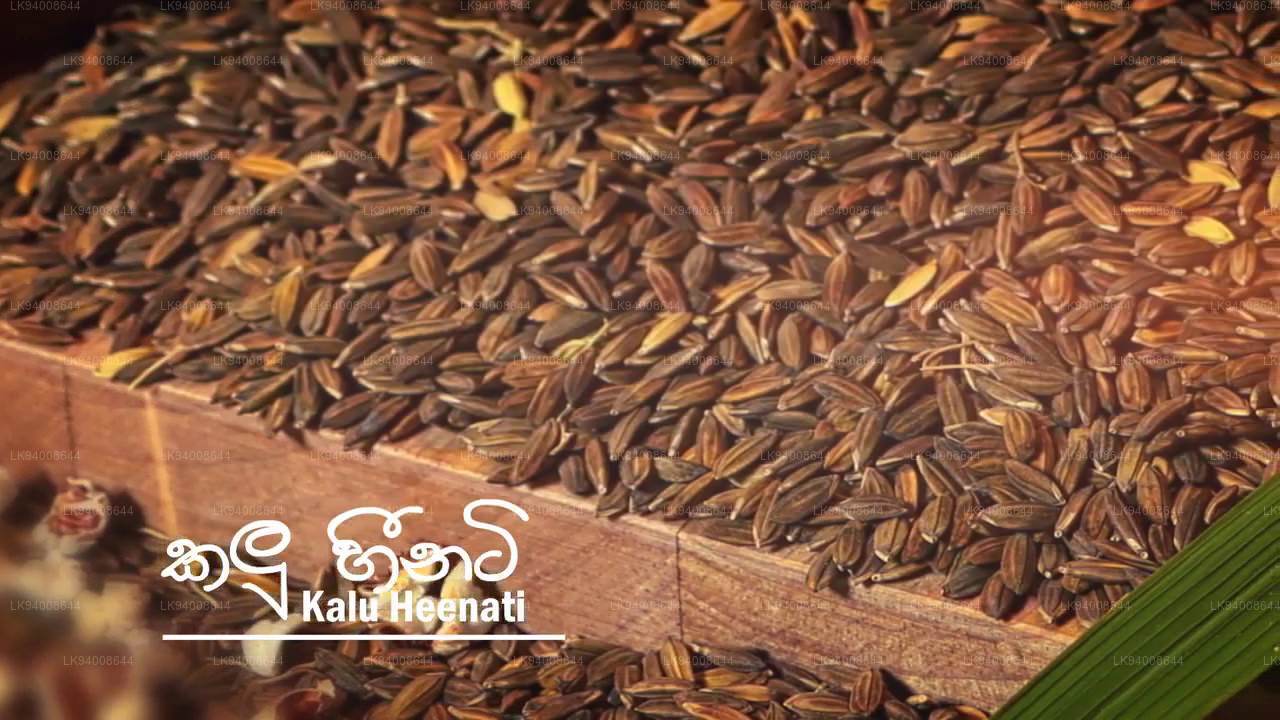 Калу Хеенети
Калу ХеенетиЭтот сорт риса получил название Калу Хеэнети из-за цвета чешуи и цветкового листа, которые при созревании становятся черными. Он традиционно выращивается на Шри-Ланке и даёт красное зерно среднего размера. Растение достигает максимальной высоты 120 см.
-
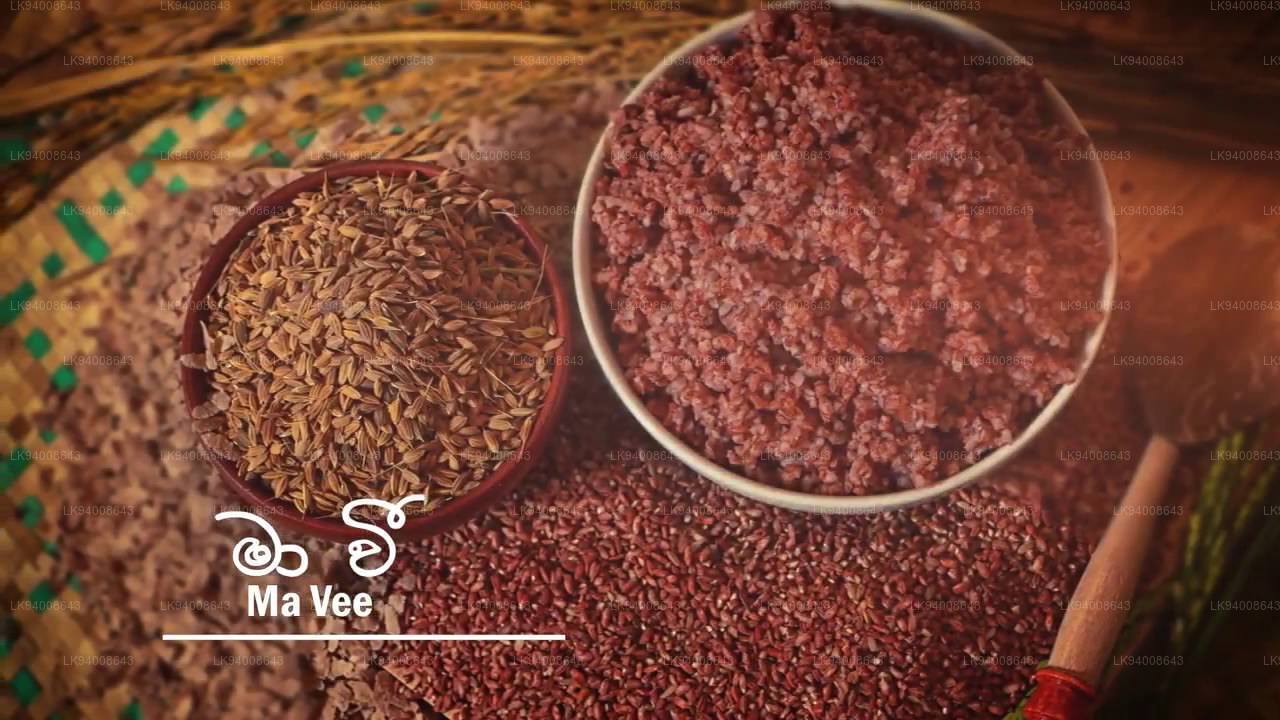 Ма Ви
Ма ВиМа Ви — сорт красного риса, традиционно выращиваемый на Шри-Ланке. Зерна различаются по размеру и форме: от коротких и круглых до длинных и средних. Это один из самых высоких сортов риса, достигающих максимальной высоты 350 см.
-
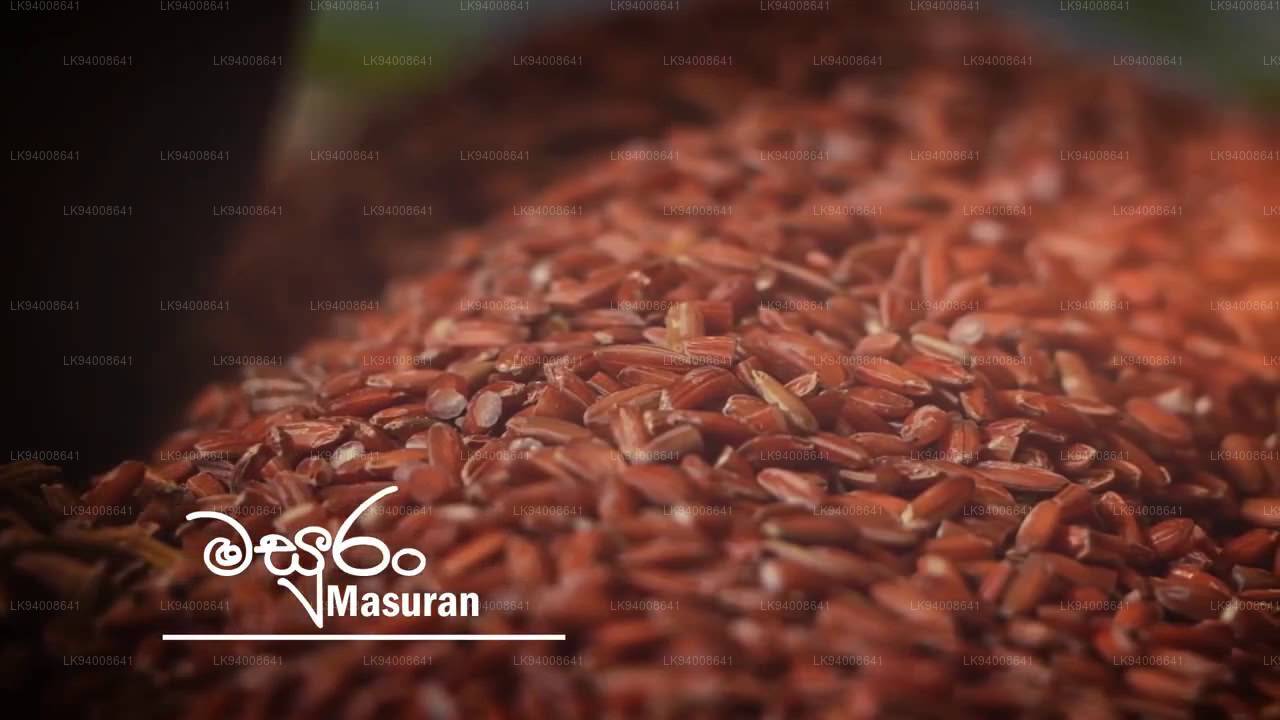 Даханала
ДаханалаМасуран — популярный сорт красного риса со средним зерном, традиционно выращиваемый на Шри-Ланке. Растение достигает максимальной высоты 120 см и устойчиво к полеганию. Урожай можно собирать в течение 3,5 месяцев после посева в сезон Яла и в течение 4,5 месяцев в сезон Маха.
-
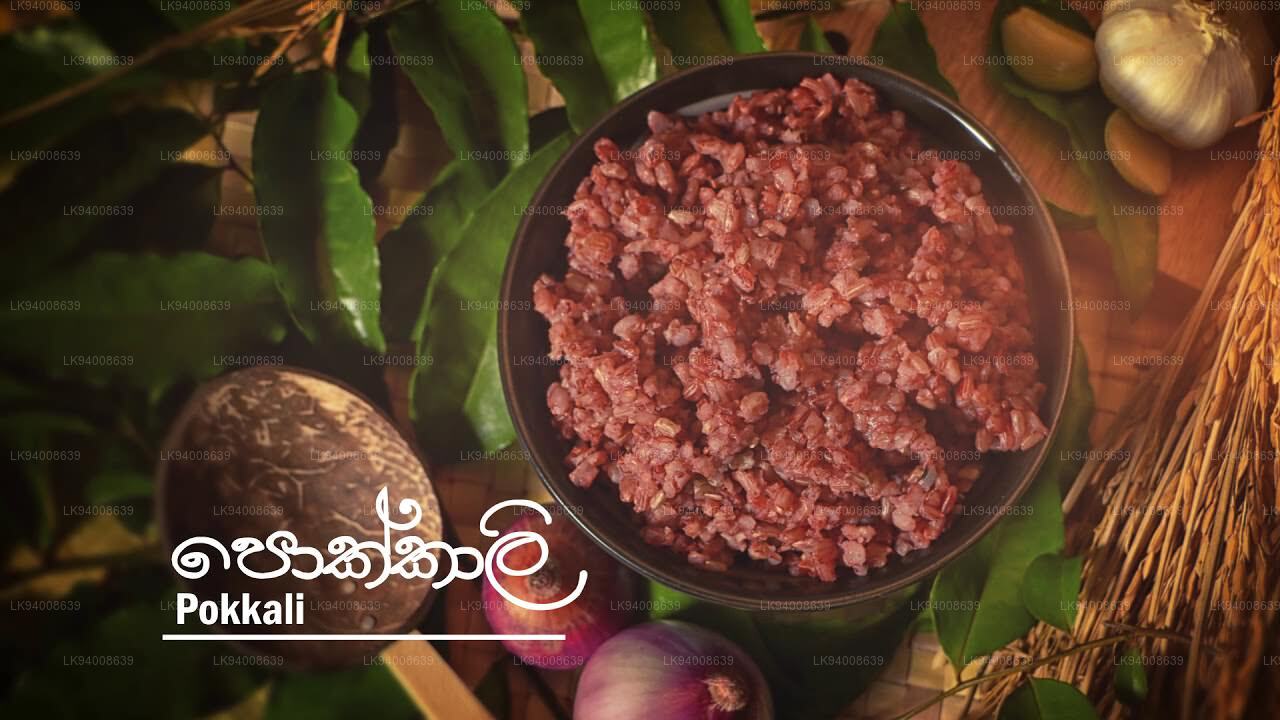 Поккали
ПоккалиПоккали — популярный сорт красного риса, традиционно выращиваемый на Шри-Ланке. Стебель достигает высоты около 130 см и имеет около 10 побегов на каждом растении. Урожай можно собирать уже через 3,5 месяца после посева.
-
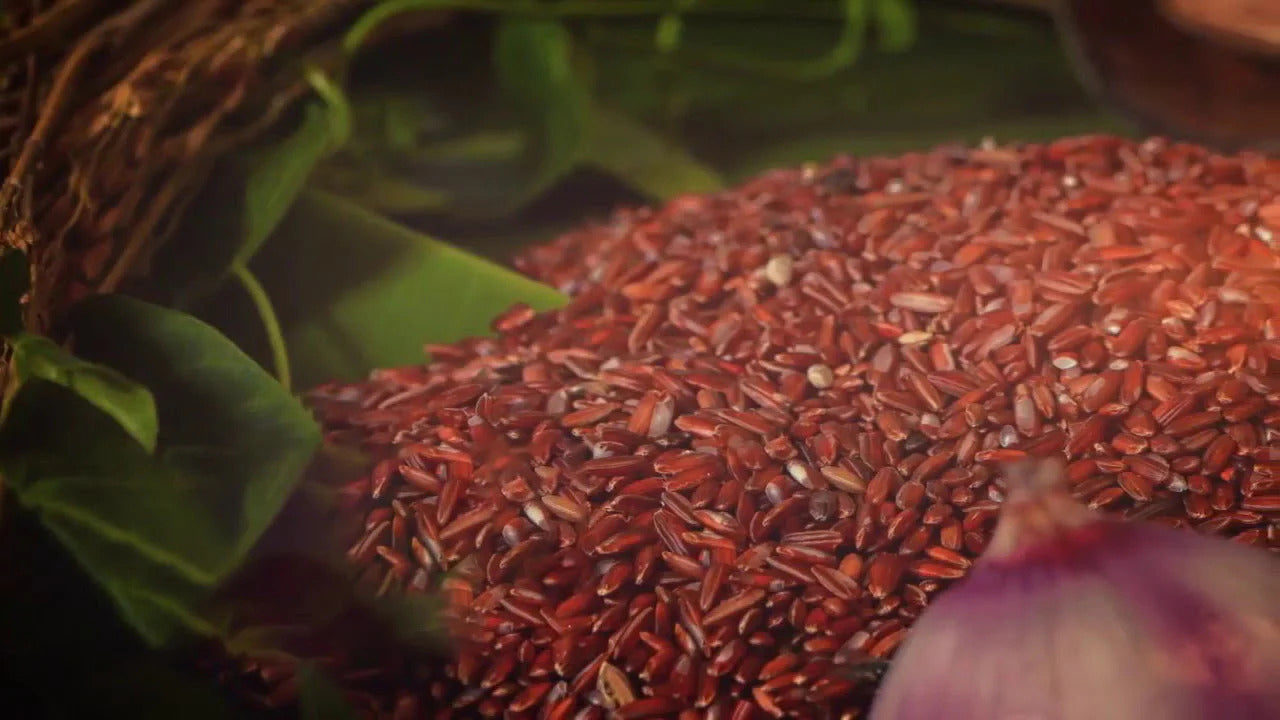 Паччаперумал
ПаччаперумалПаччаперумал — очень популярный сорт красного риса со средним зерном, традиционно выращиваемый на Шри-Ланке. Растение достигает максимальной высоты 120 см. Урожай можно собирать уже через 3,5 месяца после посева. В стадии созревания стебель приобретает светло-голубоватый оттенок.
-
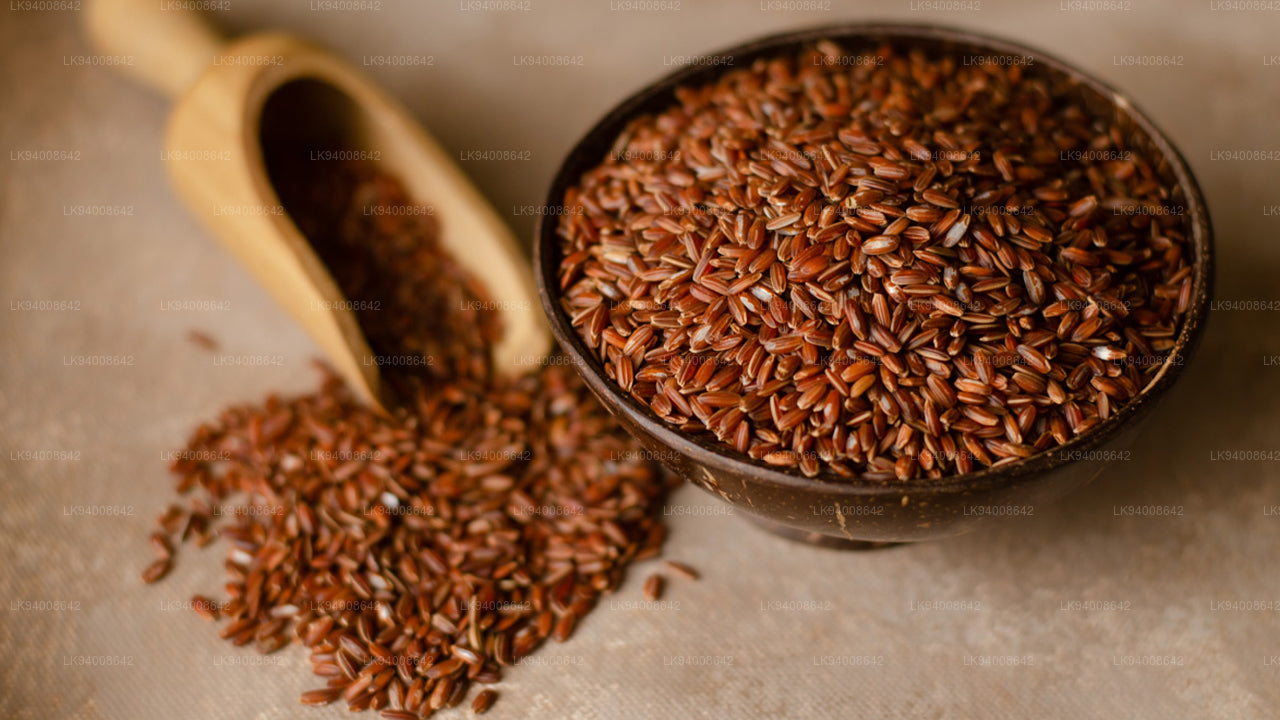 Мадатавалу
МадатавалуМадатавалу — очень популярный сорт короткозёрного красного риса, традиционно выращиваемый на Шри-Ланке. Растение достигает максимальной высоты 130 см. Урожай можно собирать в течение 4 месяцев после посева.
-
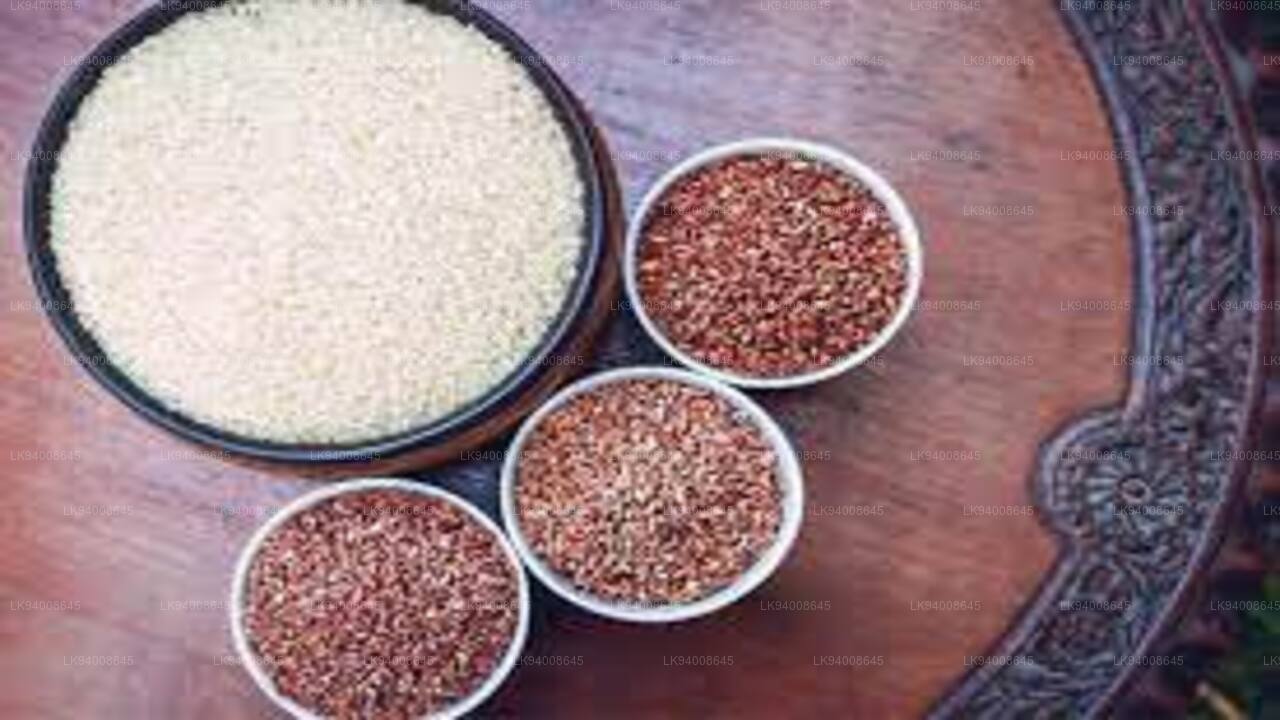 Gonabaru
GonabaruГонабару — популярный сорт риса со средним зерном, традиционно выращиваемый на Шри-Ланке. Высота растения достигает 140 см. Урожай можно собирать в течение 5 месяцев после посева.
-
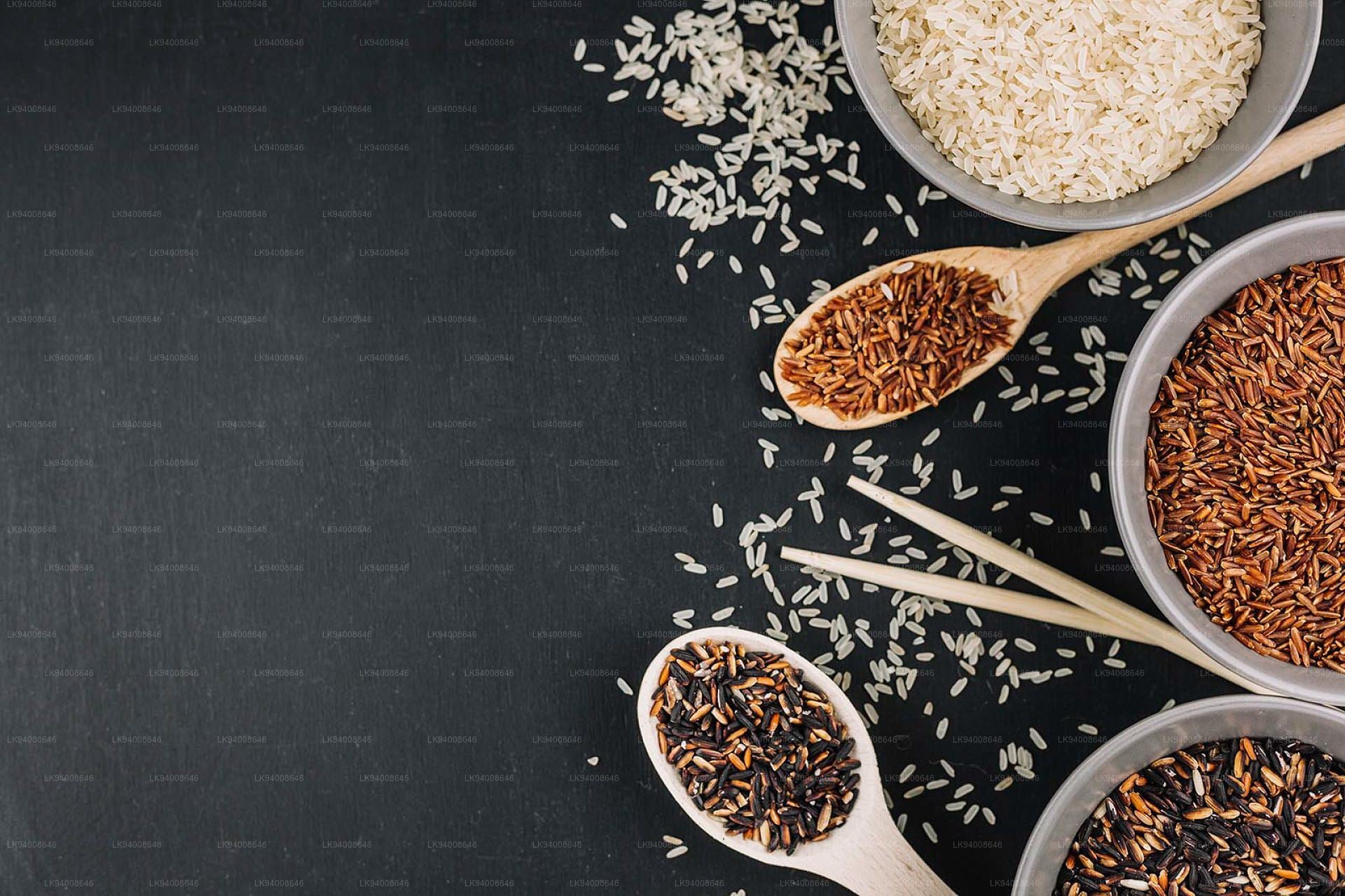 Года Хеенети
Года ХеенетиГодахинети — популярный сорт красного риса со средним зерном, традиционно выращиваемый на Шри-Ланке и относящийся к типу хеенети. Растение достигает максимальной высоты 160 см. Урожай можно собирать в течение 3,5 месяцев после посева.
-
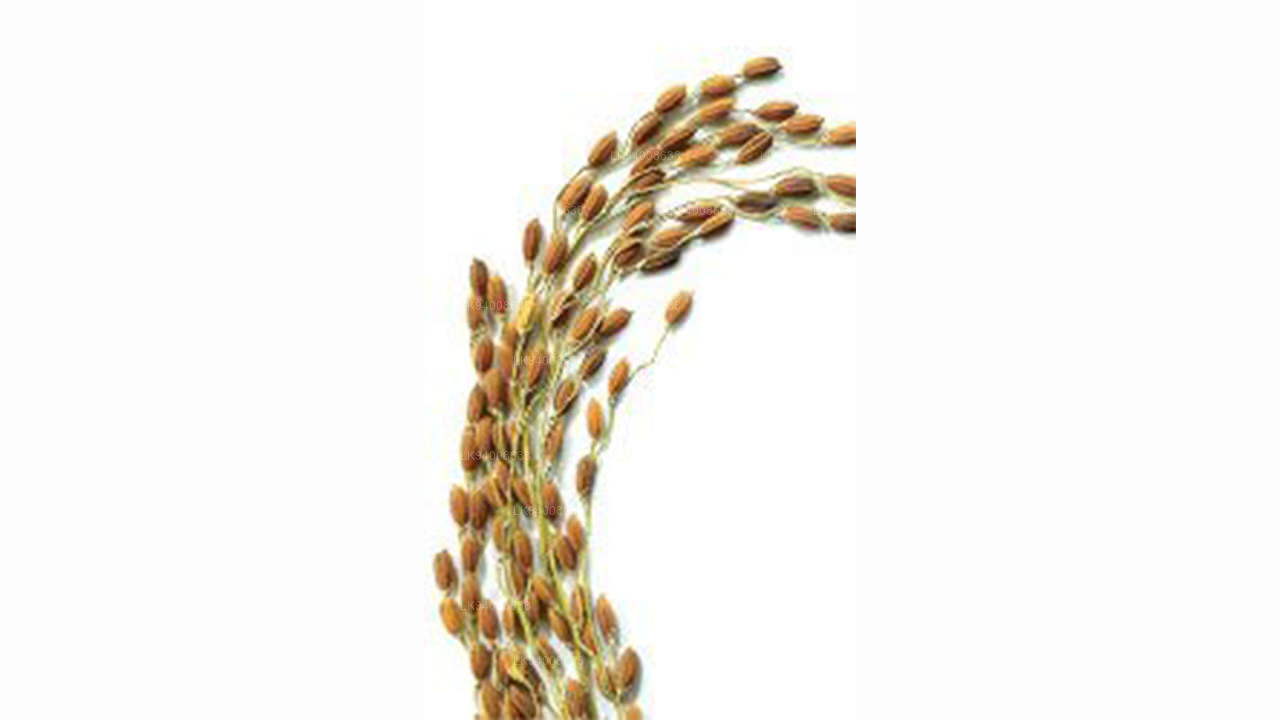 Рат Сувандал
Рат СувандалRathsuwandal is a popular medium-grain red rice variety traditionally cultivated in Sri Lanka. The plant develops to a maximum height of 120 cm. This crop can be harvested within 3½ months from seeding.
















